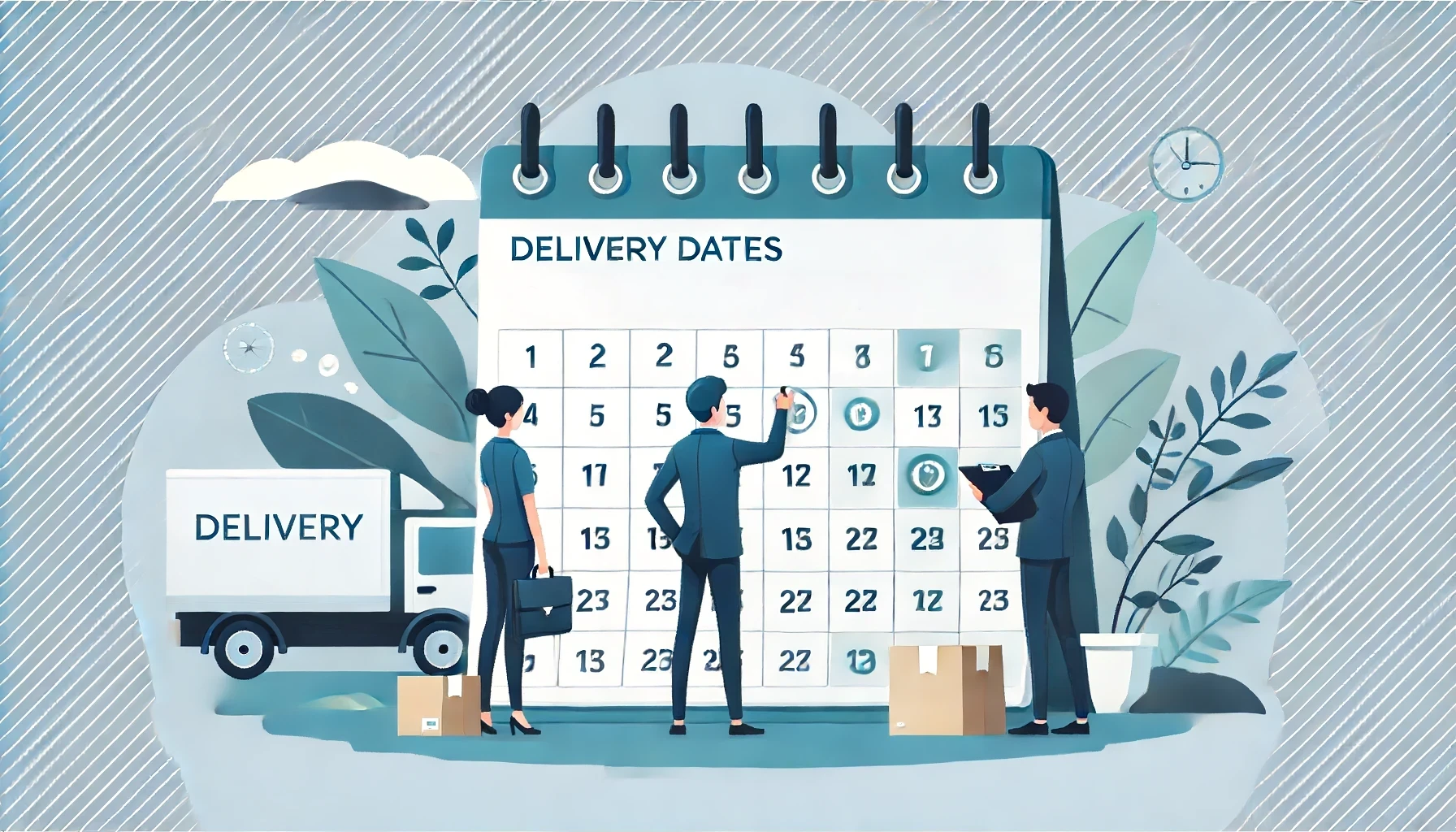Benefits of the Scheduled Deliveries Functionality
Enhanced Customer Satisfaction
Scheduled deliveries allow customers to select specific delivery times that align with their operational needs, reducing disruptions and downtime. This flexibility ensures that deliveries arrive when it is most convenient for customers, leading to higher satisfaction and loyalty. Businesses can meet client demands more precisely, fostering long-term relationships and repeat business.
Operational Efficiency and Cost Reduction
Scheduled deliveries optimize logistics by enabling businesses to plan and consolidate shipments more effectively. This reduces the frequency of emergency shipments and last-minute rush deliveries, significantly lowering transportation and fuel costs. Efficient scheduling also enhances warehouse management, reducing idle time for staff and equipment, leading to better resource utilization and cost savings.
Stronger Supplier and Partner Relationships
Scheduled deliveries create consistent and reliable delivery timelines, enhancing coordination with suppliers and partners. This predictability improves communication, as all parties can plan their activities around established delivery schedules. Strengthened relationships result in a more efficient and responsive supply chain, reducing delays and improving overall performance. Reliable delivery schedules also enable better inventory management for partners, reducing stockouts and overstock situations.
How Does It Work?
System Infrastructure
Scheduled deliveries require high-performance servers to process large volumes of scheduling data and handle multiple simultaneous user requests. Robust database management systems, such as SQL or NoSQL databases, are essential for accurately storing and retrieving customer delivery preferences and scheduling data. Seamless integration with existing ERP, CRM, and TMS platforms ensures real-time data synchronization, maintaining up-to-date delivery schedules and inventory levels. The system also calculates the estimated delivery date for each order based on processing and transit times. APIs or middleware solutions facilitate this integration, ensuring smooth data flow between systems. Additionally, the system displays an estimated delivery date range at checkout, providing customers with a clear timeframe for their deliveries.
Workflow and Data Analytics
Implement data collection mechanisms to track customer delivery preferences and historical scheduling patterns. Use machine learning algorithms to analyze this data and generate optimized delivery schedules that cater to customer needs while maximizing operational efficiency. Providing an expected delivery date based on historical data and product details helps customers make informed purchasing decisions. Data analytics tools continuously monitor delivery performance, identifying trends and potential issues, allowing businesses to make data-driven adjustments to their logistics strategies. Displaying the estimated delivery on product pages and using countdown timers for shipping can increase customer confidence and reduce shipping-related queries. Advanced reporting tools provide detailed insights into delivery performance, customer satisfaction, and operational efficiency, enabling continuous refinement and optimization of delivery schedules.
User Interface and Security
The user interface must be responsive and accessible on desktops, tablets, and smartphones. A local delivery date picker allows customers to choose between local delivery and store pickup, selecting a date and optionally a time for their order. A user-friendly scheduling dashboard enables customers to select, view, and modify their delivery times easily. The option for store pickup lets customers choose a specific location, date, and time for picking up their orders from a store. The admin panel should provide comprehensive backend management, including monitoring delivery schedules, updating customer preferences, adjusting logistics plans, and handling exceptions or delays. Implement end-to-end data encryption to protect sensitive customer information during transmission and storage. Role-based access control ensures that only authorized personnel can access or modify delivery data. Regular security audits and compliance with data protection regulations such as GDPR and CCPA maintain high security standards and customer trust.
